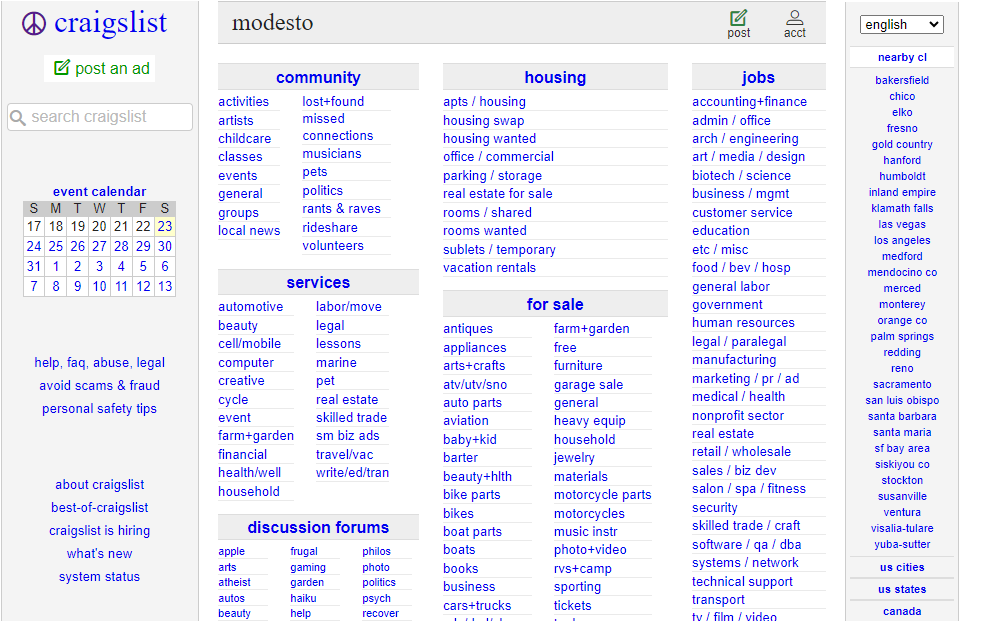Microlearning has become incredibly popular in recent years, and rightly so. It enables quicker learning of even the most complex and challenging topics by breaking them down into small, bite-size study materials.
In fact, with technological advances and AI becoming more commonly used for employee training and skill development, personalized microlearning content is finding its way into ensuring organizations are able to upskill their staff without having to hire new employees whenever a new market trend pops up or when the business is expanding its horizon.
8 Effective Ways To Implement Microlearning In Your Office
- Identify the specific learning and training goals you have: Digital platforms have made it possible for organizations of all sizes to train their employees with microlearning principles. However, it is important to create tangible learning goals to give practical direction to your learning module development and deployment.
These goals can be long-term as well as short-term. Having a goal ensures that you are able to break down a larger, complex study material into easy-to-comprehend, bite-size content pieces. It minimizes the time spent on learning through difficult coursework and instead be able to offer services and opinions right away.
With a goal, on the other hand, it can become challenging to keep track of where your team is heading, and the overall wait time for them to acquire applicable knowledge will increase significantly. This, in some cases, can lead to losses.
- Transition microlearning into a habit: To make microlearning an effective way to train and upskill your employees, it is important that your organization conducts frequent microlearning sessions. It will make your employees familiar with the methodology and make it easier for them to align their learning styles as well.
Be sure to make your employees aware of the significance and motive behind these learning modules. Your employees are more likely to stay engaged and focused when they understand the importance of the course.
Notably, it is important not to subject your employees to microlearning platforms too frequently to avoid saturation and burnout. Maintaining a balance is the key.
- Evaluate learning outcomes: The core purpose of microlearning is to facilitate learning of intricate subject matter by breaking it down into multiple small pieces. Every individual is different, and there’s always a possibility that there could be favorite modules as well as modules that your employees want to finish at the earliest.
Testing their knowledge is an effective way to gauge their fluency with the subject and weaker areas. Such evaluations paint a broader picture of how you can get the best results out of your existing employees by aligning them with their areas of interest. Additionally, the evaluation will give insights into how effective your course modules are and if there are changes you want to implement to improve performance.
- Take advantage of technological advantages: Manually simplifying a large course content into micro-learning content is time-consuming and not effective as these courses can be broken down in one particular way. Using technology (especially after artificial intelligence and machine learning have taken the world by storm) to curate your microlearning content gives room for unlimited personalization and simplification.
It makes your eLearning modules highly engaging, interactive, and learner-oriented. Survey forms, feedback forms, and keeping a record of employee performance & improvement are other ways you can leverage technology to your advantage. - Make your content relatable: Making your microlearning content relevant enhances learning as it enables your employees to draw comparisons between theory as taught in the modules and real-life scenarios.
The more relatable the content is, the higher will be information retention abilities. Additionally, creating relatable content is much more effective instead of creating imaginary scenarios. Keeping the content authentic increases its value in the eyes of employees.
- Create a content and image-based map: The content map guides students through the course. It ensures they are doing the course in the right order instead of jumping between modules randomly. Furthermore, it will present the course content in a structured format, allowing learners to plan and allocate time for learning and practicing accordingly.
A haphazard content structure can create confusion and can demotivate students from completing the course on time. The content map doesn’t have to be all about texts, and you can always include images, infographics, and icons to denote learning pathways. It also gives the idea that your course is oriented towards learning without missing out on the element of fun.
- Create practical learning goals to track progress: Most microlearning content is curated with the intention to facilitate self-paced learning. However, it is not every day that your employees would want to devote time to learning, especially amidst their own share of tasks that need to be done.
This is where creating practical learning goals can be of huge advantage. These goals will keep your employees motivated to continue with the course (in whatever capacity they are able to) despite having a busy schedule.
- Make your content accessible on mobile devices: Having to open the laptop every time someone wants to learn something in the course is not practical, and sometimes it can seem like extra effort.
Making your courses available on mobile phones through apps and websites increases accessibility significantly. As this enables students to learn from anywhere, they are more likely to engage with your course module and finish it on time instead of procrastinating for days.
Parting words
Every organization aspires to scale its productivity, growth, and ROI. The employees are a major part of this vision, and that’s the reason behind many organizations spending thousands of dollars on training their employees. Microlearning over the years has gained popularity for making even the most complex subjects into easy-to-understand formats.
By setting clear goals and dedicating ample resources for microlearning content customization, create coursework that offers a thorough learning experience. Notably, manually developing these content pieces is indeed a daunting task, and using technology like artificial intelligence and machine learning can be of great help. Be sure to set a goal, choose the skillset you want your employees to develop, and evaluate how it will align with your brand’s growth.







Add Comment